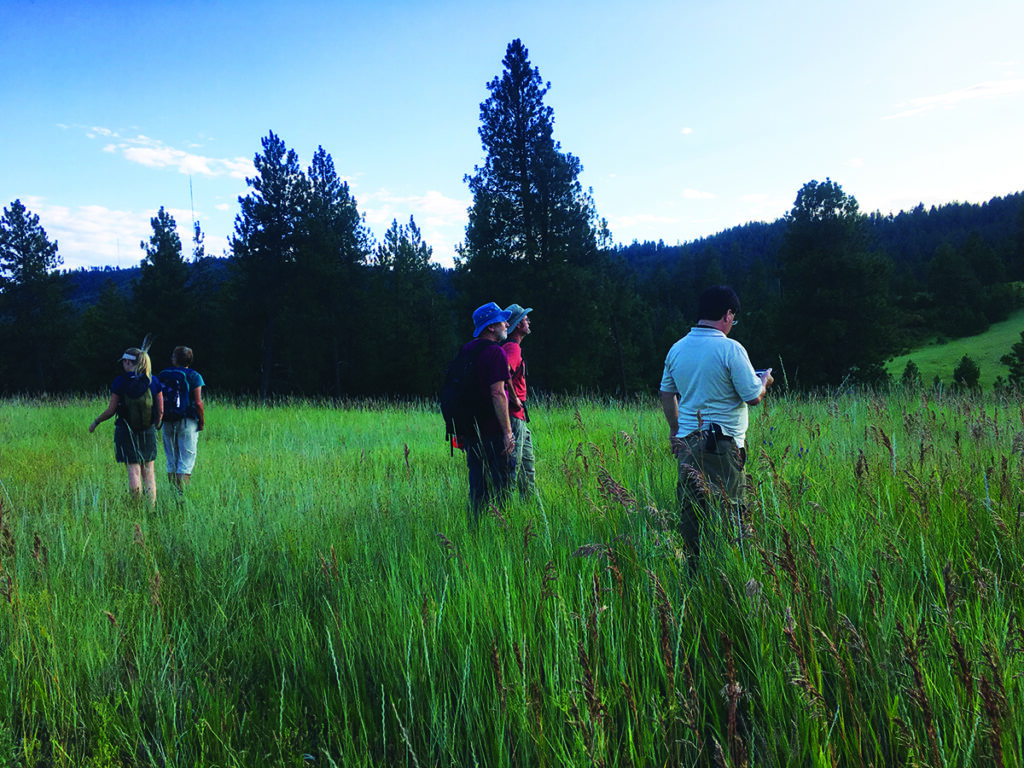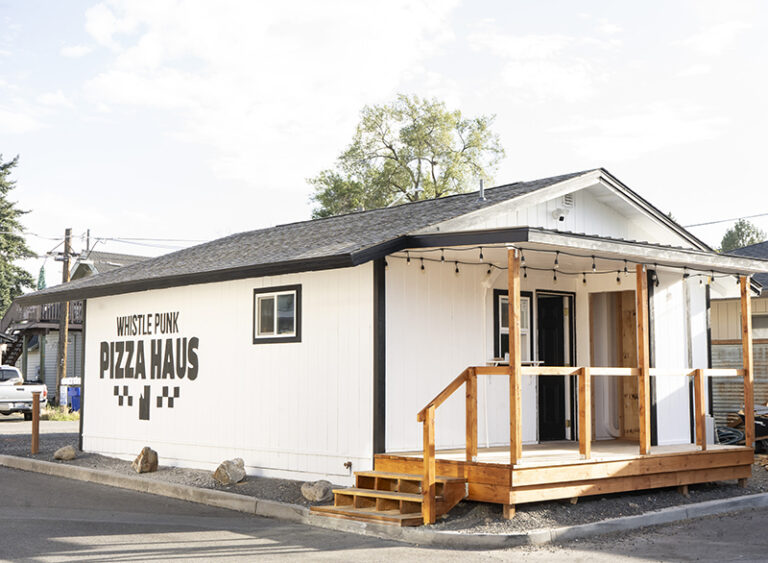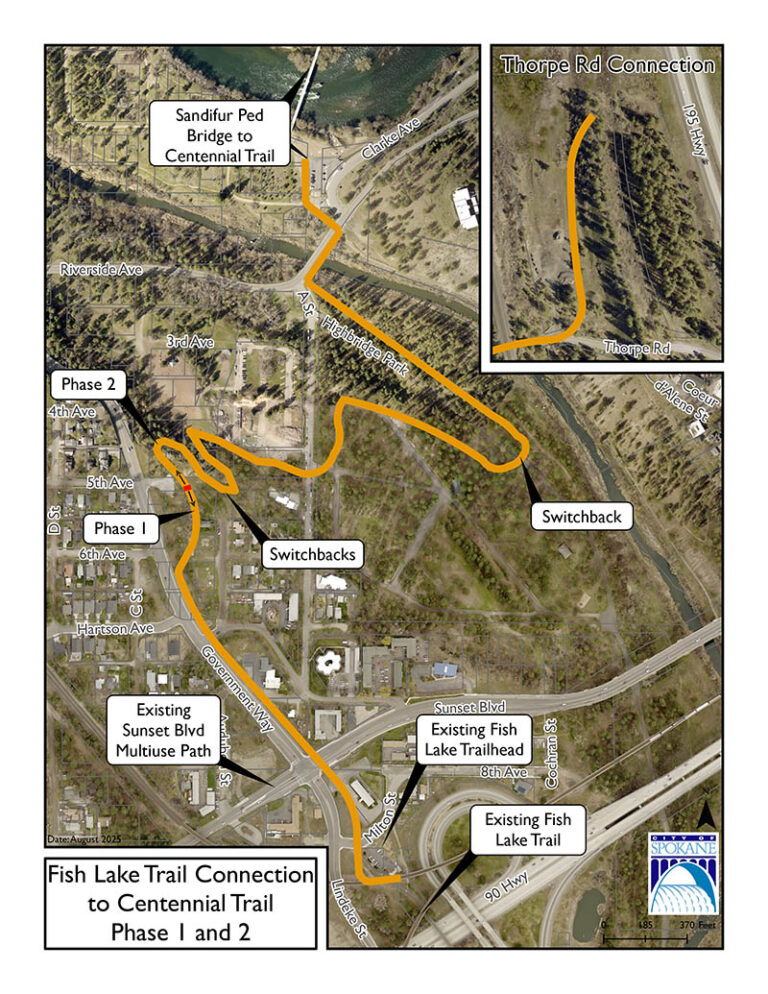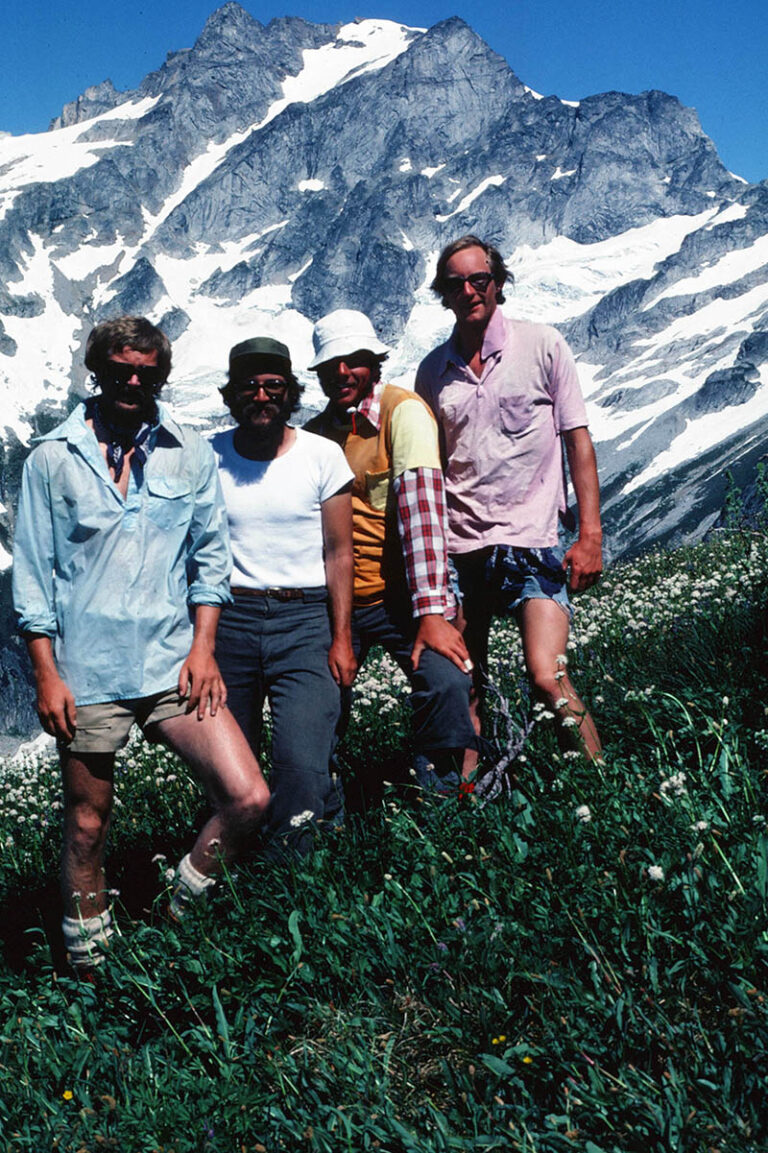By Holly Weiler
In September 2004, I was a relatively new teacher trying to land that elusive continuing contract at one of our local school districts. Most of my free time was spent running on local trails, but that fall I joined my first volunteer trail work crew at the urging of a friend. It’s fun to look back at that moment now, as it took a lot of convincing to get me to join that initial crew; 20 years later I’ve left the indoor classroom behind and trail building and maintenance are the main subjects I teach. I consider myself fortunate to have an insider’s view on some of the processes that lead to our region’s fantastic recreation opportunities.
Conservation Futures Parks Expand
One of the best recreation ideas for the Spokane area has actually been around for 30 years now, and it helps explain why some of my favorite local trail systems didn’t yet exist in 2004. It was 1994 when Spokane County voted in favor of a Conservation Futures tax and began to build the fund that would ultimately lead to some of the best close-in parks in our region. By 2004, nineteen properties had been secured through this funding source; today there have been over 50 acquisitions and park expansions, with nearly 10,000 acres protected for future generations.
The Conservation Futures program serves multiple purposes: from protecting larger areas of open space from development, to providing wildlife habitat and migration corridors and connectivity, to creating recreational opportunities for nonmotorized activities. In the early days of the program, the “trails” a visitor might be able to expect were generally leftover from whatever the original use of the property was. Iller Creek was already public land in 2004, but the trail system at the time was a holdover from old logging operations and the bulldozer fire lines from Firestorm ’91. The majority of my personal backyard favorite, Antoine Peak, was acquired in three phases from 2007 to 2011. It took a few extra years to establish a true parking lot for both the east and west sides (with a third parking area added for Etter Ranch in 2021), and the trails consisted of logging skid and haul roads, along with the summit road for access to the communications towers.
Most land managers don’t have staff with singletrack trail layout and design training, and even when they do, it can be a lengthy process to work through property acquisition to trail plan development, followed by acquiring necessary permits, and then final layout, design, and build. It can take a long time to transition a property from double track roads designed to skid trees to single-track trails designed for nonmotorized multi-use recreation. In the case of Iller Creek, the work was done gradually and retroactively, starting with the steepest and most heavily eroded sections. Some double track sections will likely always be a holdover on most conservation area properties, but thanks to the efforts of several local trail organizations, our trail systems have been gradually transformed to include more user-friendly and sustainable singletrack trails that have been purpose-built to minimize erosion damage while maximizing views, user safety, and fun.
By the time Spokane County Parks acquired the Phillips Creek property in Spokane Valley’s Ponderosa neighborhood in 2018, the planning process had shifted significantly through lessons learned in earlier projects. Within the first year of ownership, and before the property was open to the public, County staff was holding public meetings to gather information, working through permitting for a new trailhead, and meeting with regional nonprofit organizations to develop a trail plan. By 2019 the trail plan was finalized, and work was able to begin in 2020; by the time the trailhead opened to the public that fall, the Flying L trail was already complete through the behind-the-scenes work of volunteers with the Dishman Hills Conservancy, Spokane Mountaineers, Washington Trails Association, and Evergreen East.
Community Forests & Open Space Protection
For areas that don’t have a Conservation Futures fund available to help grow conservation and recreation areas, land trusts and community forests are on the rise as a means of securing popular recreation sites close to towns in our region, through grassroots fundraising along with state and federal grant programs. What ultimately happens with the land and the types of recreation available to the public can vary from site to site and are at the discretion of the community group that manages the forest.
Indian Creek Community Forest northwest of Newport was created in 2012 and is managed by the Kalispel Tribe of Indians. The trail development process for this site mirrored the later planning processes of Spokane Conservation Futures properties, with public meetings to gather community input, and a management plan focused on a light recreation touch and offering more education opportunities through scheduled forest health workshops. The site is open to hikers, snowshoers, and skiers, but closed to bike and equestrian use.
Sandpoint’s Pine Street Woods was acquired in 2019 and is managed by the Kaniksu Land Trust for a wider variety of nonmotorized use. Equestrians are discouraged but not banned (due to lack of parking for horse trailers), and dogs are allowed off-leash with voice control except for a short period during the early summer to help protect young fawns.
Gold Hill Community Forest near Chewelah was acquired by the Chewelah Valley Land Trust in 2021, and the trail system was designed with mountain biking in mind. Teanaway Community Forest near Cle Elum is the largest in Washington at over 50,000 acres, a recently completed trail plan that is in the process of being implemented, and even boasts several Department of Natural Resources-run campgrounds that are first-come/first-served with a Discover Pass.

National Forest Trails & Access
Our region’s National Forests are also figuring out new ways to both maintain existing trail systems and expand recreation opportunities when possible. But a common theme for most public lands, and especially for the United States Forest Service (USFS), is a lack of funding to help make trail improvements and additions a reality. According to a 2023 report on all USFS lands, trails are facing a maintenance backlog of over $237 million with an additional $62 million in deferred maintenance for trail bridges. Funding made available through the 2020 Great American Outdoors Act (GAOA) has helped and will continue to do so through at least 2025 when the funding runs out unless Congress votes to continue the program.
While GAOA funding is helping to tackle the big-ticket items in the USFS deferred maintenance backlog, it is primarily the regional nonprofits chipping away at the annual maintenance needs. Both the Idaho Panhandle National Forest and the Umatilla National Forest have staff trail maintenance crews, but the Colville National Forest (CNF) does not. If you happen to run into a trail crew in the backcountry on the CNF this summer, chances are they are with Backcountry Horsemen of Washington, Evergreen Mountain Bike Alliance, Pacific Northwest Trail Association, or Washington Trails Association. Using a combination of USFS funding along with grants and private donations, and leveraging this funding through recruitment of volunteers, nonprofit partnerships have become one of the main ways annual maintenance is accomplished. For the Idaho Panhandle National Forest, Idaho Trails Association serves in a similar capacity, as does Trailkeepers of Oregon to the south.
If you’re ready to get involved as our regional land managers begin to write the next chapter, there are many opportunities to dig into this work. Sign up for the email lists and press releases, attend the public meetings, provide public comment, write letters of support for grant applications, and become a member of your favorite regional nonprofit(s). Our region’s trails will continue to improve through the next 20 years through the help of recreationists, no major career change necessary unless you dive in a little too deeply like I did!
Holly Weiler is a long-time recreationist who now helps build and maintain some of our region’s favorite trails through her work with Washington Trails Association.













